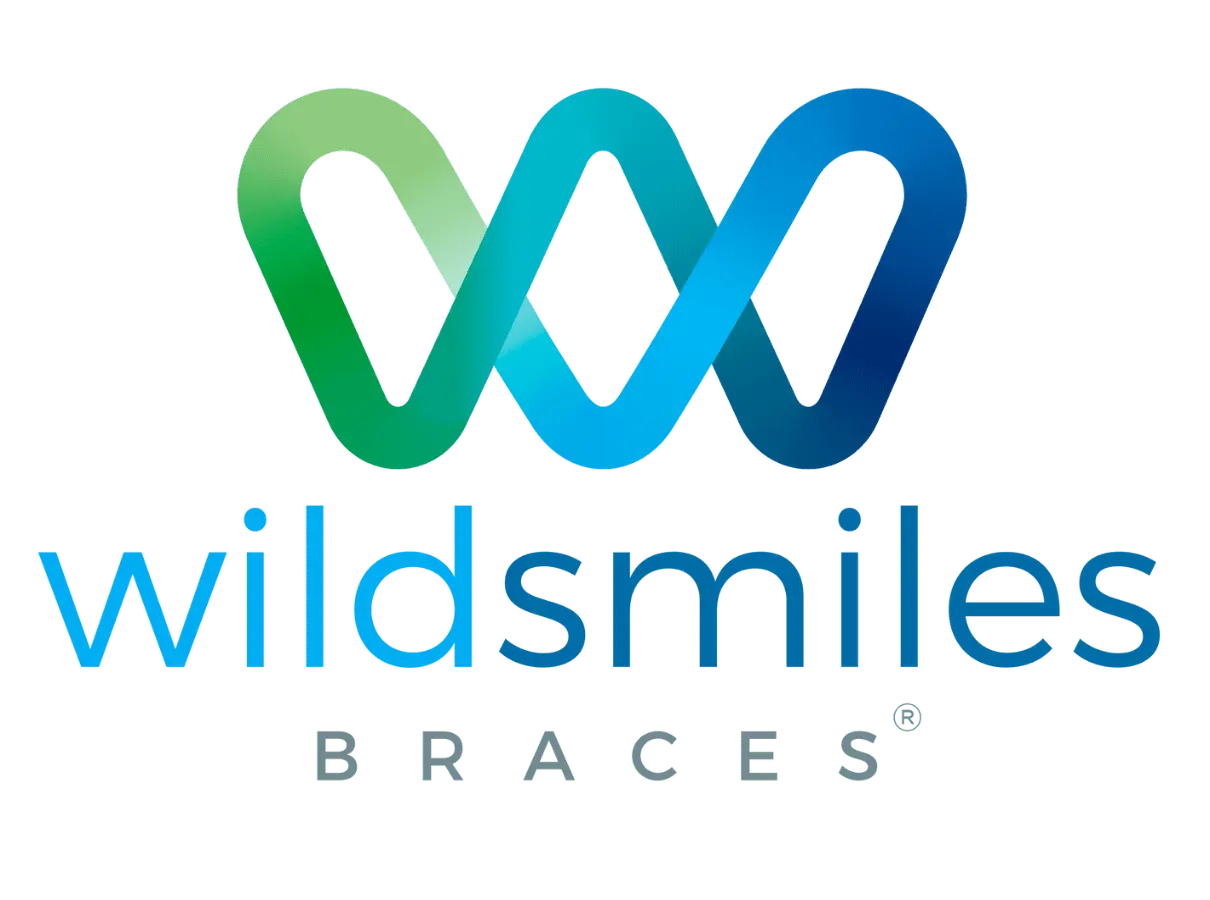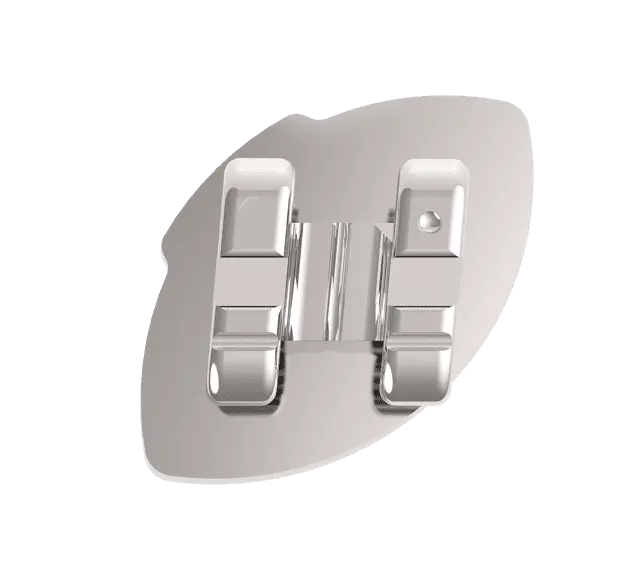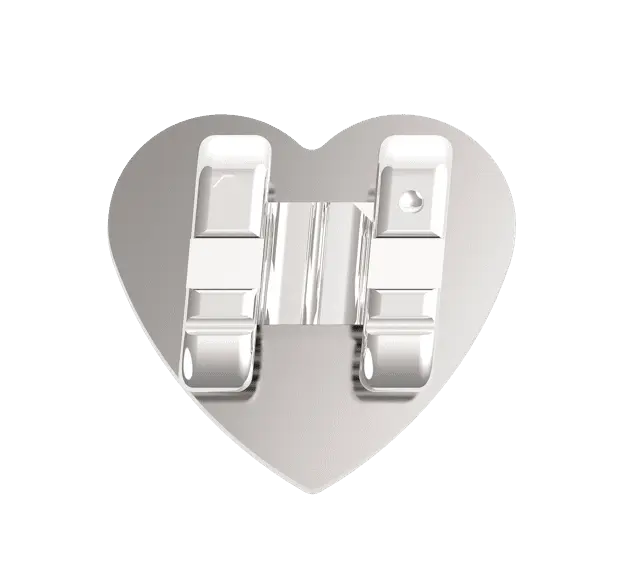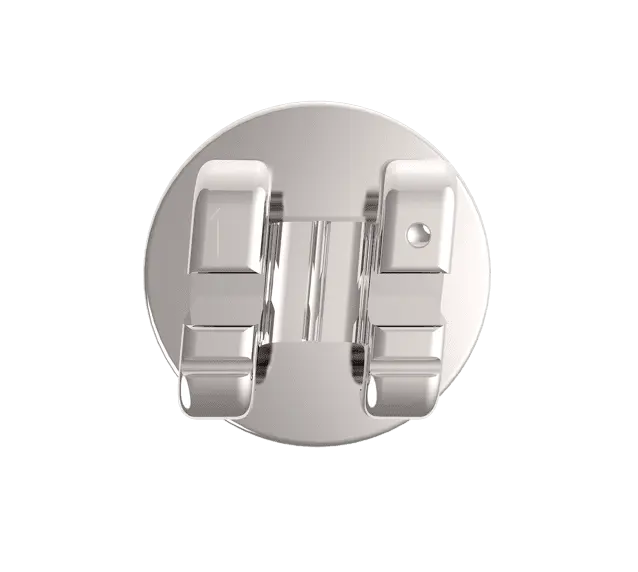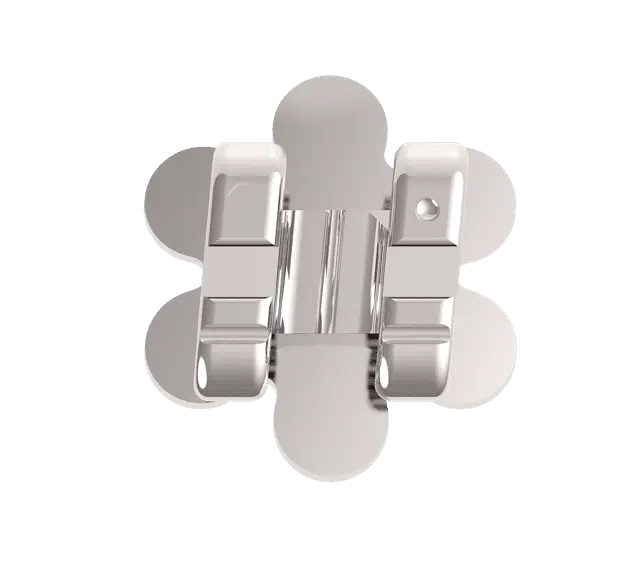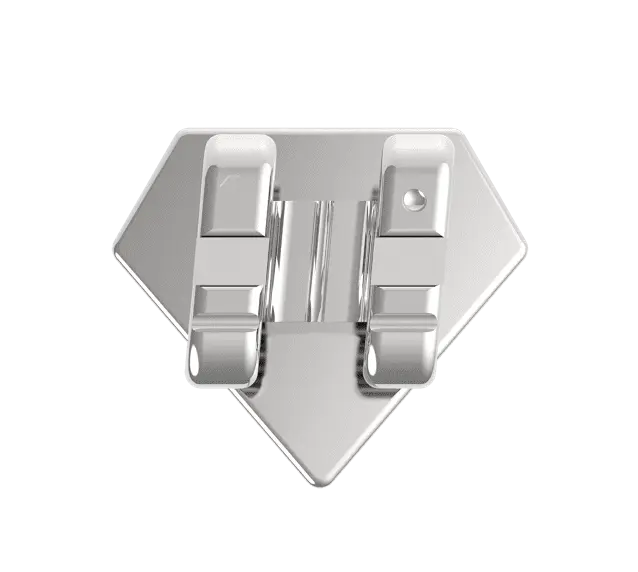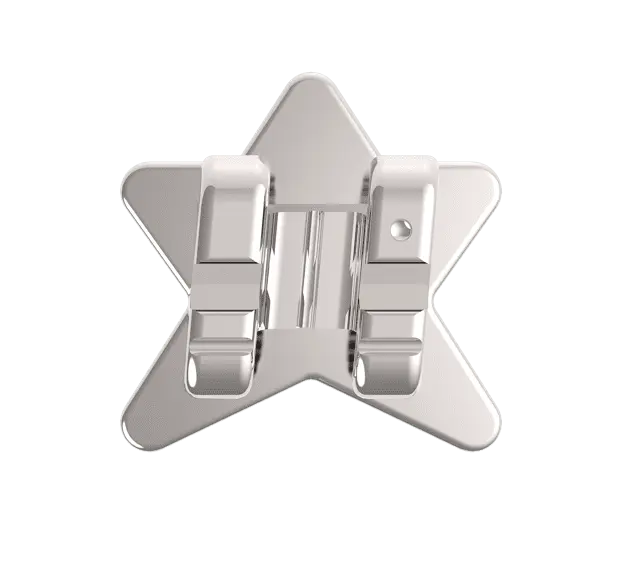Smile with Style!
Designer braces that turn orthodontic correction into the ultimate braces experience.
Be in control of your orthodontic experience.
Approved by orthodontists and patients alike, WildSmiles Braces turns orthodontic correction into limitless expression.
WildSmiles brackets function just like traditional brackets. With 25 designs to mix, match, and pair with colored elastics, WildSmiles empowers patients to wear their braces with pride.
Braces Should Be Fun
Orthodontics has a wild side! WildSmiles creates the healthy smiles parents want with the style kids love.
WildSmiles brackets are correction first: they function just like traditional braces.
Every shape can be paired with colored elastics for even more personality.
With 25 unique shapes and counting, there’s a wild smile for everyone.
WildSmiles In The News
Check out all the news and media coverage on WildSmiles. Keep up as we set new trends for orthodontic treatment.
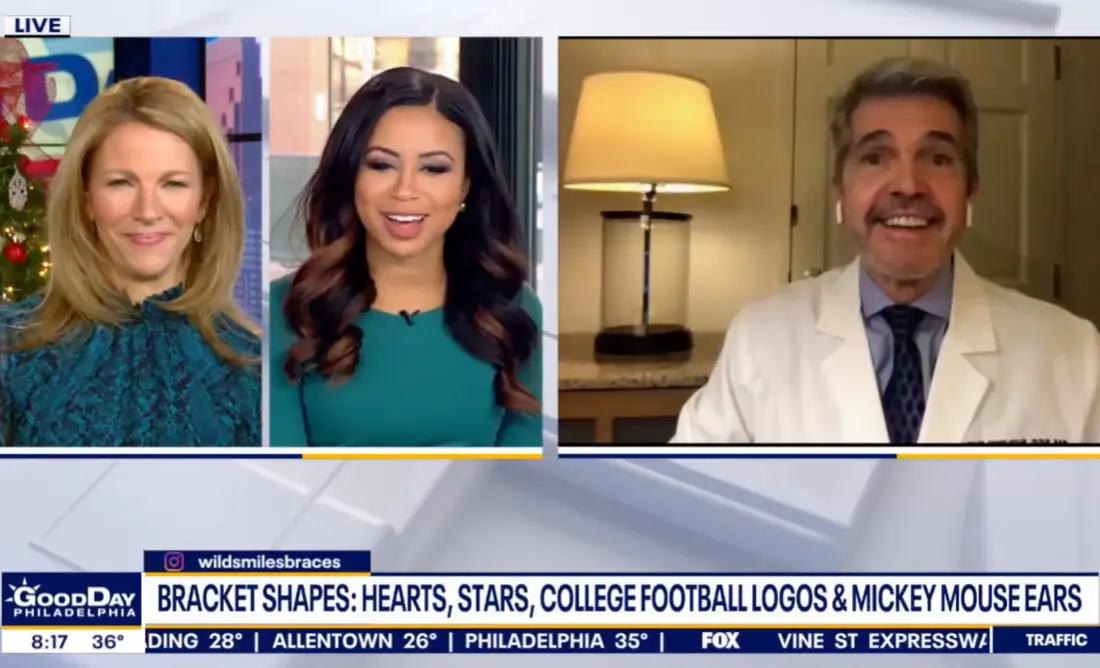
Origin
Dr. Clarke Stevens has always had a passion for art and orthodontics. In 2002, Dr. Stevens was treating a young patient who had a heart-shaped charm on her necklace. After noticing the charm was the same size as a traditional orthodontic bracket, he was able to blend his two passions together. And thus, the WildSmiles Wild-Heart bracket was born.
Founding Mission
Orthodontist Dr. Clarke Stevens created WildSmiles to provide a stylish choice for orthodontic patients who want to feel confident and happy with their braces.
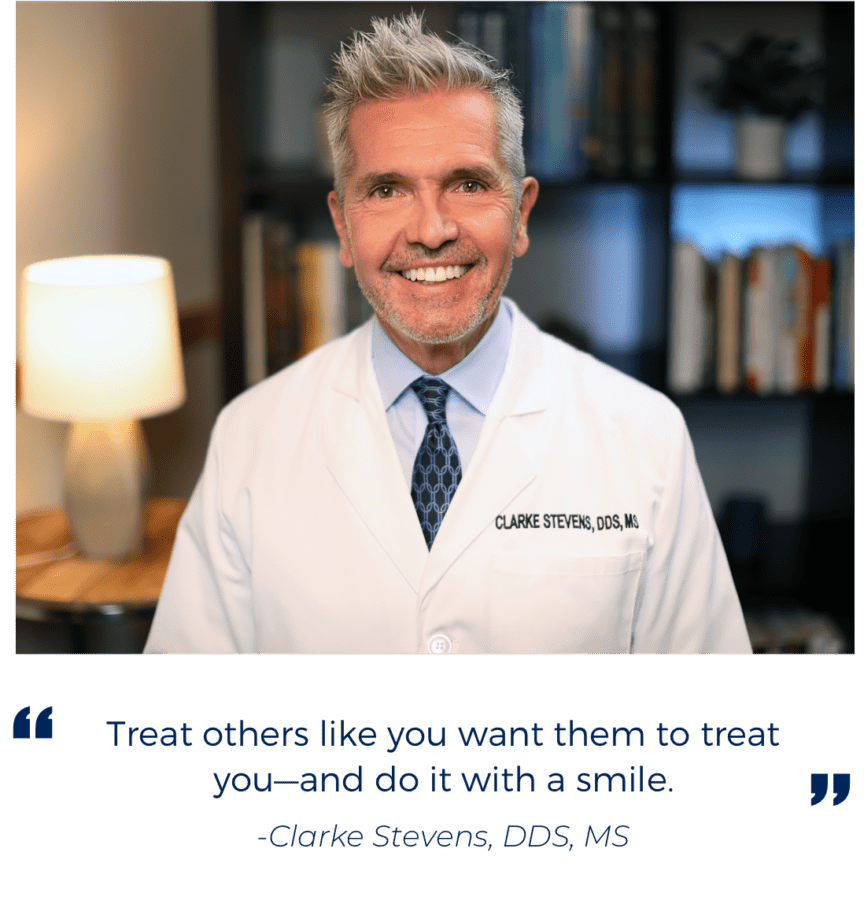
How Do I Get WildSmiles?

Choose Your Style

Create Your Smile

Find a Doctor
With WildSmiles, you are a part of your orthodontic experience. Shapes from all three collections can be mixed and matched to suit your style.
